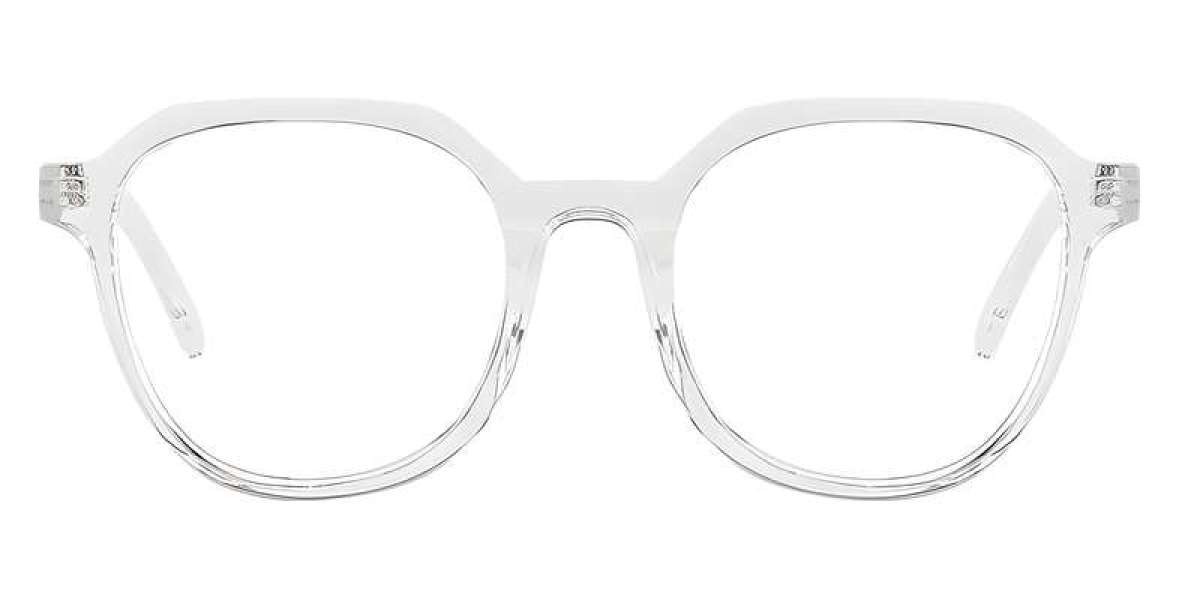In the ever-evolving landscape of technology, touch sensors have become ubiquitous, revolutionizing how we interact with electronic devices. Europe, a hub of innovation, is no stranger to the rapid growth of the touch sensor market. In this article, we explore the Europe Touch Sensor Market, examining it through the lens of various applications.
Understanding Touch Sensors
What Are Touch Sensors?
Touch sensors are devices that detect physical contact with a surface and convert this interaction into an electrical signal. This signal can be interpreted by digital devices, making touch sensors an essential component in a wide range of products, from smartphones and tablets to industrial equipment and household appliances.
Europe Touch Sensor Market Overview
The Europe Touch Sensor Market spans across various countries, each contributing to its growth and development. It includes applications such as smartphones, tablets, laptops, automotive touchscreens, ATMs, kiosks, industrial controls, and more.
Applications Driving the Market
Several key applications are driving the growth of the Europe Touch Sensor Market:
- Consumer Electronics
Consumer electronics, including smartphones, tablets, and laptops, have been at the forefront of the touch sensor revolution. As consumers demand sleek, responsive, and intuitive interfaces, manufacturers have increasingly relied on touch sensors to meet these expectations.
- Automotive Industry
In the automotive industry, touch sensors are integrated into infotainment systems, climate control panels, and interactive dashboards. This not only enhances the driving experience but also contributes to vehicle safety and efficiency.
- Industrial Controls
Touch sensors play a vital role in industrial controls, where they are used in human-machine interfaces (HMIs) for machinery operation and monitoring. This contributes to improved efficiency and safety in manufacturing processes.
- Retail and Commercial Applications
Touch sensors are integral to various commercial applications, such as ATMs, kiosks, and interactive digital signage. They provide user-friendly interfaces for transactions and information retrieval.
Market Challenges
Despite the rapid growth, the Europe Touch Sensor Market faces certain challenges:
- Technological Advancements
Keeping up with the pace of technological advancements is essential. Manufacturers need to invest in research and development to stay competitive, leading to a continuous cycle of innovation and adaptation.
- Cost Considerations
The production of high-quality touch sensors can be expensive, which may affect the final cost of electronic devices, especially in highly competitive markets.
- Competition
The market is highly competitive, with numerous players vying for market share. While this competition drives innovation, it also poses challenges for smaller companies.
Market Trends
The Europe Touch Sensor Market is marked by several noteworthy trends:
- Biometric Integration
Biometric touch sensors, including fingerprint and facial recognition, are increasingly integrated into devices to enhance security and convenience.
- Gesture Control
Gesture control, facilitated by touch sensors, is becoming more popular, especially in gaming, smart home devices, and augmented reality (AR) applications.
- Flexible and Curved Displays
Emerging technologies enable touch sensors to be applied to flexible and curved surfaces, allowing for innovative and ergonomic device designs.
- Sustainability
The use of eco-friendly materials and manufacturing processes is gaining traction as consumers and manufacturers become more environmentally conscious.
Subscribe now for exclusive content and updates - https://www.wantstats.com/subscribe?plan=599
The Future Outlook
The Europe Touch Sensor Market is poised for continued growth in the coming years. Advancements in touch sensor technologies, the proliferation of smart devices, and their integration into various industries will continue to drive expansion.
Conclusion
To thrive in this dynamic market, businesses must invest in research and development, focus on cost-effective manufacturing, and embrace emerging trends. Meeting these challenges will ensure a prosperous future for touch sensors in Europe.








